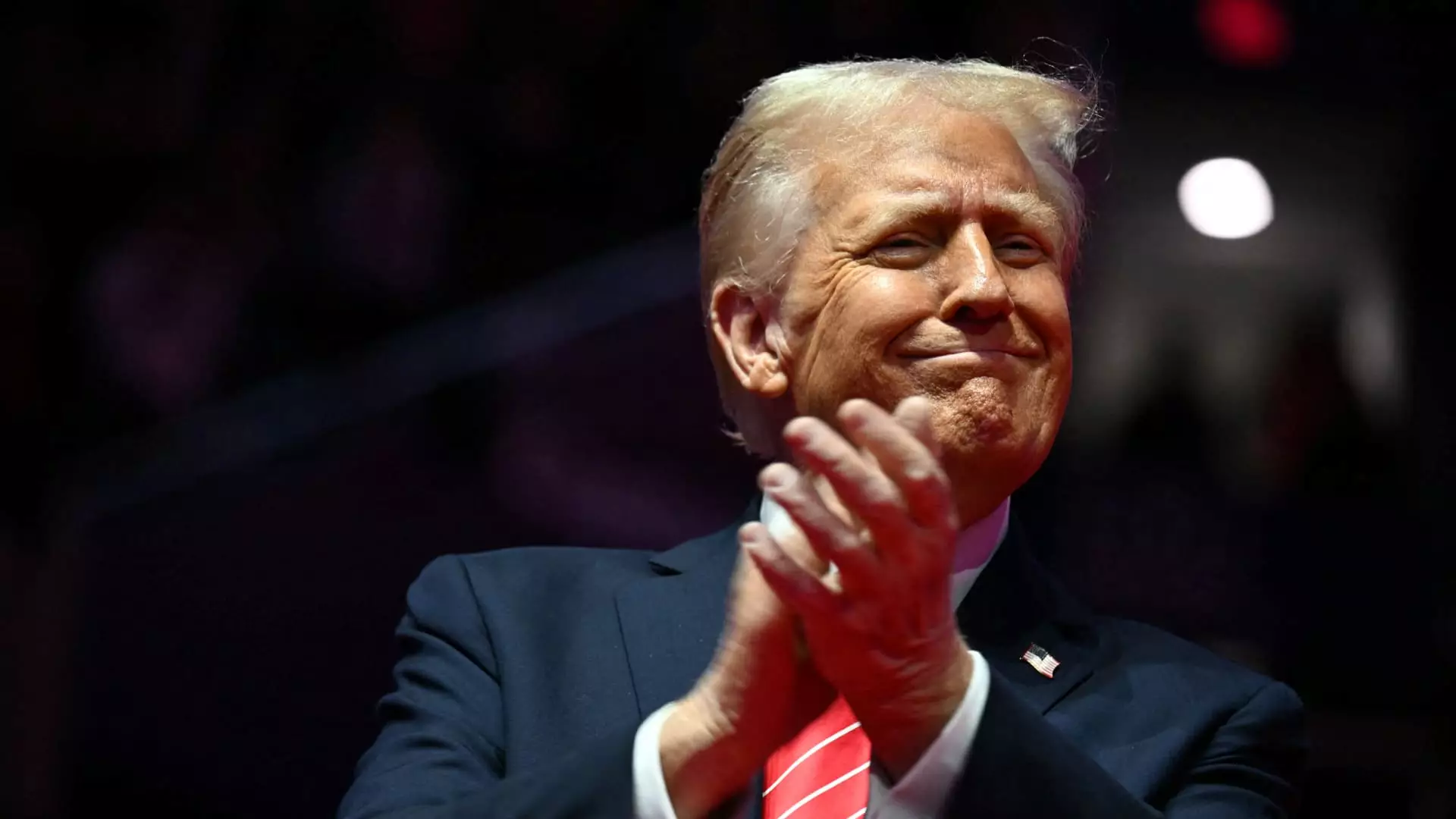On the dawn of Donald Trump’s second presidency, the landscape of American politics braces itself for a significant shift. Trump plans to initiate his term with a barrage of executive orders, reportedly more than 50, and perhaps over 100. Such a quantity suggests a strategic assault on previous policies, aggressive enforcement of his agenda, and an immediate mobilization of his political base. As he prepares to take the oath of office, the implications of these actions warrant a closer examination of their potential impact on governance and civil society.
The sheer volume of executive orders slated for issuance raises important questions about the president’s methodology and its implications. In an era where legislative paralysis has often stymied action, presidents have increasingly turned to executive orders as a means to achieve their goals swiftly, bypassing a Congress that may not align with their vision. Trump’s decision to wield such power so prominently highlights a determined pivot towards unilateralism in governance, designed to cater especially to the fervent support base that propelled him into the presidency.
Through these orders, Trump seeks to dismantle significant components of his predecessor’s policies. The anticipated measures, including a national emergency declaration focused on the U.S.-Mexico border, echo the rhetoric of his initial campaign. By reintroducing themes of border security and immigration control, he not only galvanizes his supporters but also signals a rejection of a more humanitarian approach towards migration.
Among the executive actions expected from Trump’s first day in office is a move to effectively neutralize Joe Biden’s climate initiatives. This includes exploring mechanisms to withhold funding from climate-related projects as stipulated in the Inflation Reduction Act. Such actions could set off a constitutional tussle regarding the limits of presidential power and enforcement of legislative appropriations. This situation invites scrutiny, particularly regarding the Impoundment Control Act of 1974, which aims to ensure that appropriated funds are spent as intended by Congress.
Furthermore, Trump’s plan to reinstate the “Schedule F” policy indicates a systemic effort to reshape the federal workforce. By reclassifying civil service jobs, he can position loyalists in key positions, further solidifying his control over government functions. This strategy may lead to an erosion of nonpartisan public service, as a growing number of federal positions become subject to political influence rather than expertise.
Political Implications and Public Sentiment
Trump’s promises of swift action reflect a broader narrative he has built around urgency and security. Describing the anticipated results as so transformative that they would halt “the invasion of our borders,” Trump employs dramatic language intended to resonate with his base and foster a collective sense of purpose. This appeals to ongoing anxieties around immigration and security, enabling him to position himself as a definitive leader against perceived threats.
However, his approach risks further polarization within an already divided society. The immediate consequence of such executive actions may lead not only to legal challenges but also to social pushback from those who view these moves as undermining democratic norms and processes. Heightened tensions around governance issues could spur protests and mobilization among opposing factions, reigniting debates about authority, representation, and accountability.
As Donald Trump steps into a new chapter of his political journey, the multitude of executive orders signal more than just governance strategy; it represents a fundamental challenge to the balancing act of American democracy. The implications of his aggressive agenda could reverberate through both domestic policies and international relations. While he may satisfy his immediate supporters with proclamations of radical change, the long-term consequences for civil discourse and governance remain to be seen. The unfolding political theater not only reflects Trump’s vision for America but will also shape the response of a nation that’s grappling with its own identity and future.


Leave a Reply